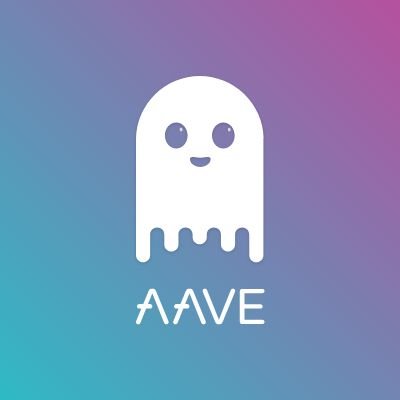
Defi is an area of blockchain technology which aims to decentralise financial services by enabling peer to peer lending and borrowing using the blockchain. This is an interview with Stani Kulechov, CEO of Aave, about the advantages this open-source protocol brings to the decentralized finance ecosystem, as well as about its beginnings, exciting future plans and more.
What got you interested in blockchain technology?
Back when I was studying law at the University of Helsinki, I got really into Ethereum and how it is this permissionless, immutable, and transparent technology that people could build different products on top of.
How did you come up with the idea of AAVE protocol, and when did you start? How did the beginnings look like?
Ethereum is what first piqued my interest, and from there I started to apply Ethereum to my interest in finance and how it could be used to reshape the traditional financial system. I created ETHLend, one of the first DeFi dapps ever, back in 2017, this was a lot different from the Aave Protocol you see today. In 2019, we launched Aave, which is a decentralized, non-custodial liquidity protocol, where suppliers start earning interest automatically when they provide liquidity to the protocol, and borrowers can borrow immediately from the available liquidity as long as they have enough collateral.
We’re seeing a boom of DeFi – what makes AAVE stand out among similar providers?
Aave is extremely innovative, and has a number of features such as ‘Flash Loans’ to market, which allow developers to borrow without any collateral as long as they return the borrowed liquidity within one block transaction. Additionally, Aave supports Credit Delegation, another type of uncollateralized lending where a supplier can provide liquidity to the protocol and delegate their credit line to a borrower, who can then borrow against it without needing to put up collateral of their own.
Another noteworthy difference is that AAVE holders can stake their AAVE in the Safety Module and earn Safety Incentives (currently 550 AAVE/day split between all stakers). This ‘safety mining’ rewards stakers for taking on a risk to secure the protocol. The risk is that up to 30% of the stake can be slashed to cover the deficit if a hack or shortfall event were to occur.
How are you approaching the market to grow further and scale?
Aave is open-source, so it is easy for 3rdparties to integrate the protocol into their products and services. Aave has been integrated into custody platforms that enable institutions to onboard to DeFi, which grows the DeFi space overall. Community feedback has been extremely valuable in shaping the UI/UX to make it easier for new users to onboard and push DeFi into the mainstream.
Why did you decide Ethereum was the best blockchain to build on? Any plans for bridging to other protocols or L2?
Ethereum has been a major catalyst for the growth of the DeFi space overall, and there are some great projects building on Ethereum. One major strength of DeFi is the composability aspect, so being able to link up with other Ethereum DeFi projects has been a great way for the space to be interconnected and grow together. However, Ethereum has been such a successful public blockchain that the demand became super high and gas fees increased along with it. This was prohibiting some users from interacting with the protocol, so Aave recently opened a new market on the Polygon sidechain which allows for fast and cheap transactions. This is the first exploration of ‘new frontiers’ for Aave—it will really be up to the community to decide which scalability solutions they want to see next. In the end its not a ‘one size fits all’ solution, but rather users should get to choose the scalability solution they want to use.
What do you think is holding back new people from adopting cryptocurrency today?
New platforms make it easier than ever for people to use cryptocurrencies and onboard to the world of digital assets. Education is one hurdle though, as people need to understand how to navigate different products and risks.
The last year was an incredible year for DeFi, and for AAVE as well. What were the most significant milestones for you?
One amazing milestone was handing over the protocol admin keys to the Aave governance. This was a huge step towards decentralisation, and it put the protocol in the hands of the community, as it should be in DeFi.
What’s next for AAVE? Can you give us a sneak peek about what you’re currently working on?
The next innovations are really up to the community! The community can create and vote on proposals for what they want to see next. One cool one that’s come up recently is for a community-led grants programme which would help fund different developer projects that are contributing to the Aave Ecosystem.
Where do you see the DeFi space in 10 years time?
The DeFi space moves so fast so its hard to tell, but I think we will see mainstream adoption happening soon (before 10 years). TradFi is already using DeFi tools and solutions, so this change is happening already.
